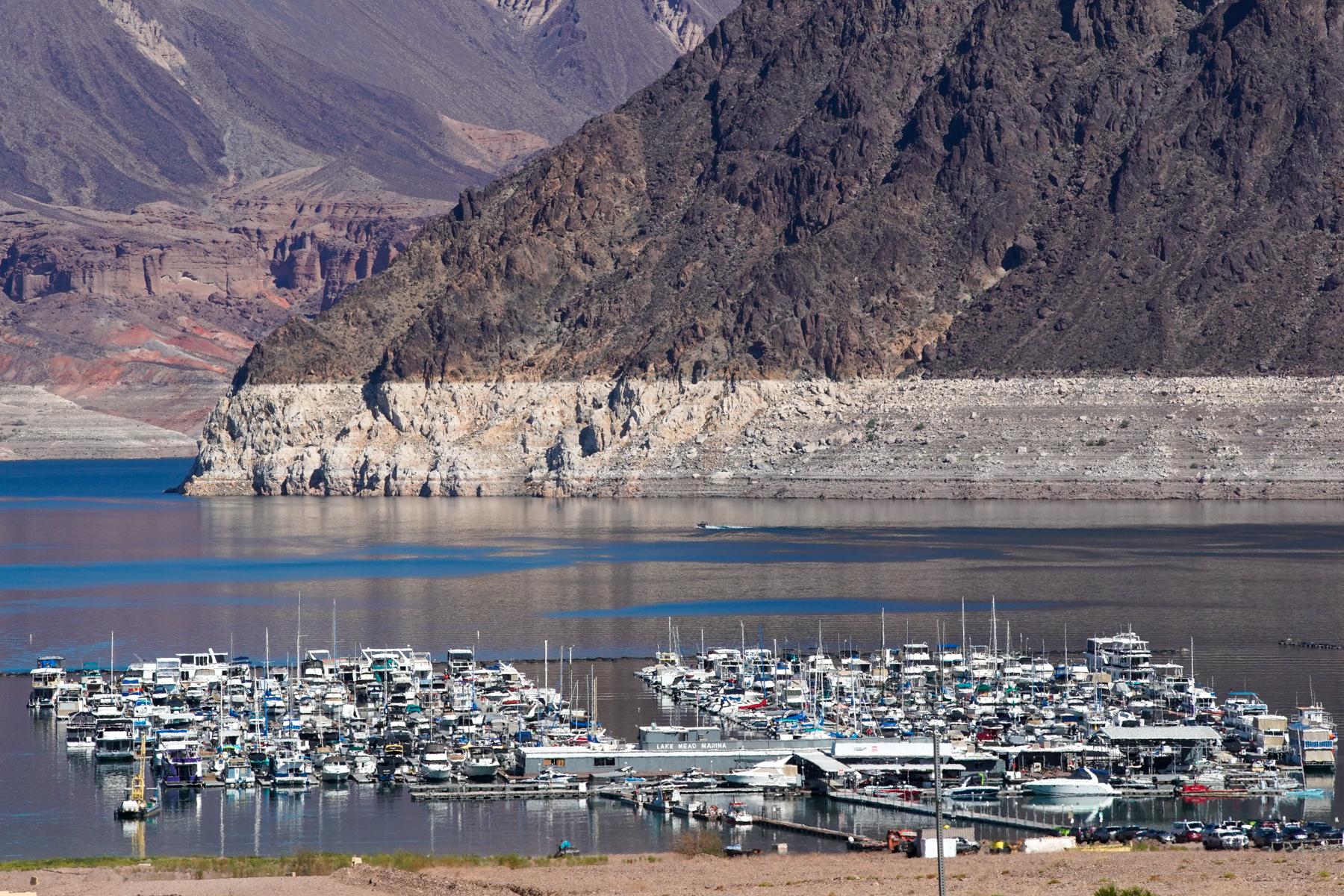
By Suman Naishadham/Associated Press
Arizona, California and Nevada on Monday proposed a plan to significantly reduce their water use from the drought-stricken Colorado River over the next three years.
The plan would conserve an additional 3 million acre-feet of water from the 1,450-mile river that provides water to 40 million people in seven U.S. states, parts of Mexico and more than two dozen Native American tribes.
At least half that amount — or 1.5 million acre-feet of water — would have to be conserved by 2024, the plan said. In exchange for temporarily using less water, cities, irrigation districts and Native American tribes in the three states will receive federal funding, though officials did not say how much funding individual users in the states would get.
Specifics of the deal announced Monday were sparse, including exactly how the cuts would be spread out. JB Hamby, chairman of the Colorado River Board of California, said in a statement his state would be responsible for 1.6 million acre-feet in cuts. No details were immediately provided on how Arizona and Nevada would split the rest.
The Colorado River has been in crisis thanks to a multidecade drought in the West intensified by climate change, rising demand and overuse. Those pressures have sent water levels at key reservoirs along the river to unprecedented lows, though they have rebounded somewhat thanks to heavy precipitation and deep snowpack this winter.
In recent years, the river's woes have forced the federal government to cut some water allocations, and to offer up billions of dollars to pay farmers, cities and others to cut back.
In April, the U.S. Bureau of Reclamation released a plan that considered two ways to force cuts in the Colorado River supply for Arizona, Nevada and California, which make up the river's Lower Basin.
One contemplated using an decades-old water priority system to reduce usage that would have benefitted California and some Native American tribes with senior water rights. The other would have been a percentage cut across the board to spare Arizona and Nevada – states with lower-priority rights – some pain.
The Interior Department on Monday said it would pull back that proposal so that it could analyze the broader plan submitted by Western states and reissue it later this year.








